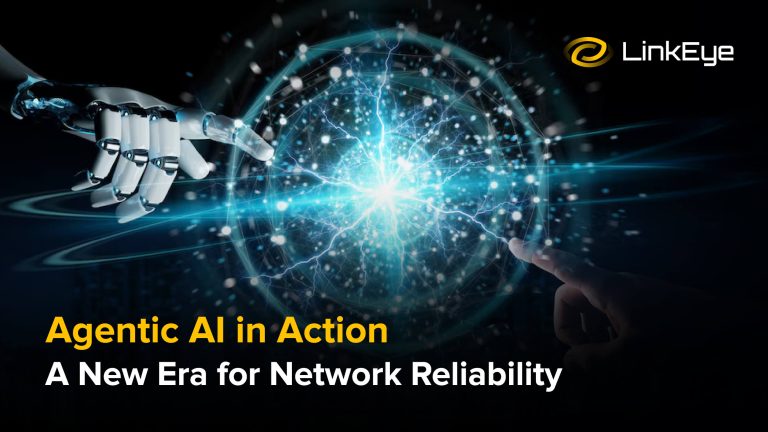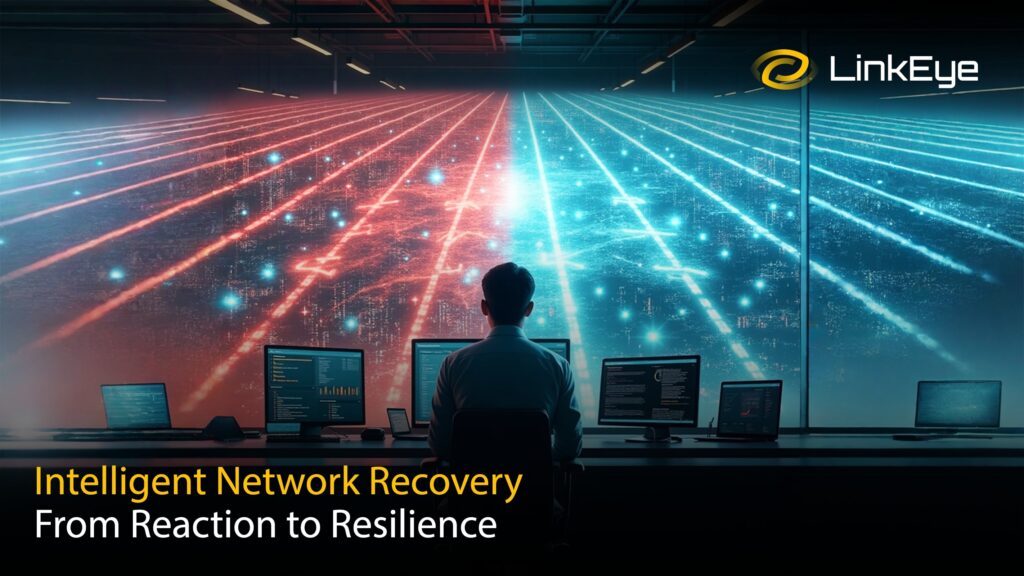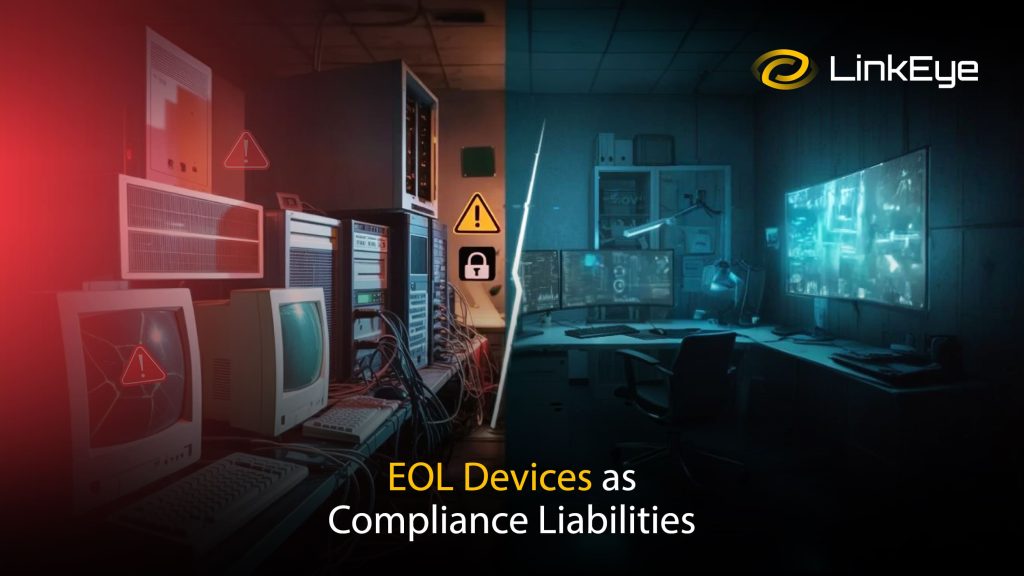Today, digital infrastructure underpins every facet of business operations, and ensuring network reliability has become paramount. Traditional network monitoring approaches, often reactive and manual, struggle to keep pace with the dynamic demands of modern enterprises. Enter Agentic AI, a transformative approach that brings autonomy, adaptability, and goal-oriented behavior in systems.
According to a 2024 Gartner report, nearly 65% of infrastructure and operations leaders are either piloting or planning to adopt agentic capabilities within their network stacks by the end of 2025. This shift marks a transition from tool-like AI to goal-driven, collaborative agents capable of intelligent action. As complexity scales, so does the urgency for systems that don’t just report problems but resolve them.
Understanding Agentic AI in Network Management
While traditional AI systems rely on pre-programmed rules or reactive responses, agentic AI introduces a level of autonomy. These systems have the ability to:
- Set and pursue goals without constant human input.
- Learn from feedback and evolve over time.
- Collaborate with other systems and tools in the environment.
- Make context-aware decisions in real time, aligned with business goals and service level agreements (SLAs).
In network management, this means diagnosing anomalies before users notice them, optimizing performance across environments, and automatically mitigating risks. This shift places trust in systems that can “think” and “act” rather than simply execute.
Key Themes Shaping Agentic AI in Network Management
- Autonomous Anomaly Detection and Resolution
Agentic AI systems continuously monitor network performance, identify outliers, and recommend redmediation, significantly reducing downtime and reliance on manual troubleshooting.
- Security as a Dynamic Function
Static security postures are no longer enough. Agentic AI enables responsive, context-aware threat detection, adjusting policies in real-time and providing continuous coverage across vulnerabilities, CVEs, and misconfigurations.
For example, instead of quarterly audits, the system performs continuous vulnerability checks and hardware/software lifecycle tracking, highlighting devices nearing obsolescence or running outdated firmware. - Network Observability as a Foundation
Agentic systems rely on deep observability, gathering real-time insights across layers (from device to application). Visibility is more than a diagnostic tool here as it enables agentic behavior.
For example, using real-time insights and historical patterns, the platform validates provider performance against contractual SLAs, backing negotiation and escalation with actionable data. - Context-Aware Decision Making
Instead of acting on isolated events, agentic systems analyze context such as user experience, traffic patterns, and service prioritization, to make intelligent, nuanced decisions. - Feedback Loops and Continuous Learning
These systems aren’t static. The ability to learn from interventions and adapt their behavior is what separates agentic AI from traditional systems. For example, if an agent misclassifies an anomaly, the feedback loop helps it refine future decisions.
- Integration with Diverse Network Environments
Whether in hybrid, multi-cloud, or legacy setups, agentic AI platforms are designed to interoperate with diverse architectures without compromising performance or visibility.
Why It Matters: Business Outcomes, Not Just Technical Wins
While your NetOps team sees fewer tickets and false positives, your leadership sees predictable performance, cost savings, and agility.
- Up to 65% reduction in Mean Time to Resolution (MTTR)
- Over 50% savings in time and labor from manual troubleshooting
- Improved compliance with internal SLAs and external ISP agreements
- Audit-ready inventory with real-time EOL/EOS and CVE coverage
These translate into tangible business outcomes like fewer outages, faster onboarding of new applications, and better compliance with both internal and external standards. According to a 2024 Forrester report, 62% of organizations adopting agentic frameworks reported improvements in operational resilience and time-to-response, directly impacting user satisfaction and board-level metrics.
Let Your Network Think for Itself
Autonomous decision-making in service of business continuity isn’t a distant future, it’s already reshaping enterprise infrastructure. This shift redefines the role of IT and operations. Instead of being reactive, teams become orchestrators of intelligent, self-healing systems.
Agentic AI transforms how organizations approach scale-detecting, diagnosing, and acting in real-time, without requiring linear increases in headcount or infrastructure. A 2024 Dynatrace study found that 62% of global enterprises are evolving hiring practices to support AI-integrated operations, indicating a growing trust in machine-led decision-making.
Agentic AI doesn’t replace human intelligence, it augments it, handling the complexity and scale that no single team should manage alone. As infrastructure and intelligence continues to converge, the enterprises that adopt agentic AI today will be tomorrow’s most agile and resilient enterprises.
















